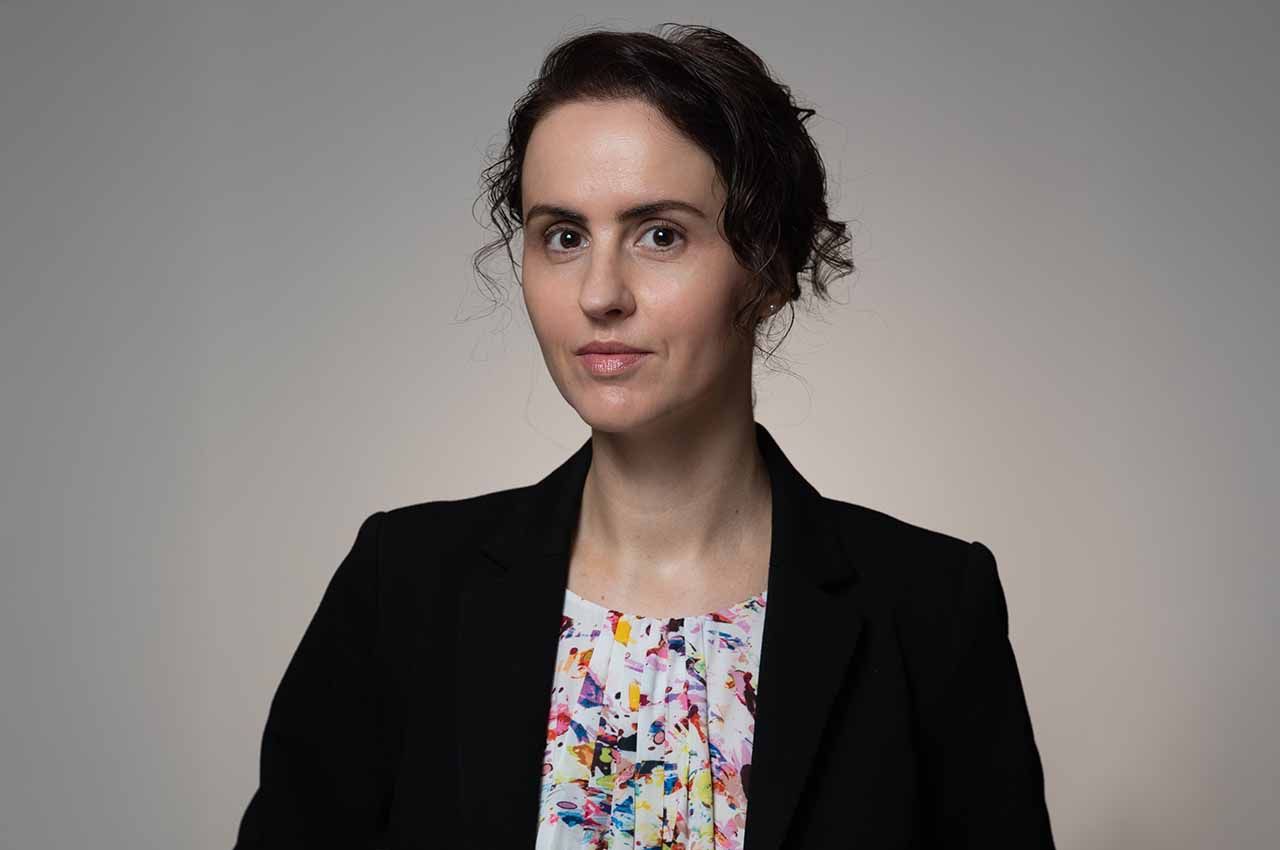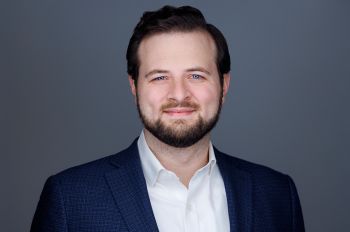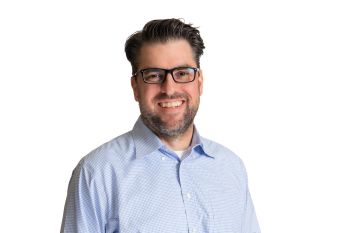At the Epicenter: Design Patent Expert Joins Chicago-Kent Faculty

“Chicago is a great city for intellectual property law,” says Sarah (Fackrell) Burstein, one of Chicago-Kent College of Law’s newest faculty members.
Burstein joined the Chicago-Kent faculty as a professor in fall 2024. She previously taught at Suffolk University Law School and the University of Oklahoma College of Law. However, she got her start in the legal world in Chicago, when she earned her J.D. from University of Chicago Law School and then practiced as an intellectual property litigation associate at Kirkland & Ellis LLP.
“It wasn’t until I’d been in practice for a couple of years that I discovered there was something called a design patent,” says Burstein. “Why had no one told me about this?”
Design patents protect how things look.
Before she discovered law, Burstein’s first love was art. Burstein earned her B.A. in art and design and journalism and mass communications from Iowa State University.
When she learned about design patents, she found “that I had something unique to contribute,” she says. “For the most part, the people who were writing and interested in this were engineers, people with science and tech backgrounds. They were smart people but there were things they were missing.”
Burstein immersed herself in the world of design patents. This type of patent has existed since 1842 but there were still a lot of questions about how they could be applied that the courts hadn’t settled yet.
“If I have a design patent for a chair, I’m not protecting how it works or that it’s soft or hard or supportive, but it’s the shape of it,” she says. That was clear but other things weren’t, such as: “Does it protect the shape in the abstract, or is it a shape as applied to a chair? Would the design patent only cover other chairs? Or would it also cover dollhouse furniture or butter carvings or gummy candies?”
This was the question that the courts had not yet settled that Burstein wanted to answer.
“All the lawyers I knew assumed that if someone was making ice sculptures shaped like their design patent-protected chairs, they could sue them,” she says. “I thought that was wrong and didn’t make sense.”
This legal conundrum didn’t get sorted by the courts until 2019 in a case called Curver Luxembourg, SARL v. Home Expressions Inc. Burstein’s paper, “The Patented Design,” was cited in the decision.
Burstein says that is the most important work that she’s done to date, but her new avenue of research into design patents is already making headlines.
“I’m studying a relatively new form of IP litigation that basically encourages judges to use their discretion to put extreme financial pressure on accused IP infringers who sell things online,” she says. “Lawyers present claims that people—possibly hundreds in a single complaint—are infringing their patent. They file the defendants’ names in secret. They ask the judges to freeze the defendants’ accounts in secret.”
This form of lawsuit was recently in the spotlight when a fan of country music singer Luke Combs sold 18 travel tumblers plastered with the singer’s face on her Amazon account, ultimately making $380. Combs’ lawyers sued her, along with 45 others, for copyright infringement in a single complaint. The ill-fated tumbler seller never saw the court summons and, ergo, didn’t showed up to court. They had no idea the lawsuit existed until they received a $250,000 summary judgement, along with the other defendants.
Combs made the situation right with the Amazon seller, but Burstein says there are thousands of defendants being sued in similar cases every year.
Many design patent cases filed publicly don’t make particularly strong infringement claims, Burstein says. So “when people start filing these in secret with no details, with no pictures, I am not inclined to believe that these are somehow magically going to be so much better in quality than what we see in public.”
Burstein has already published one forthcoming paper on the subject, “The Counterfeit Sham,” and has more projects in the works. One reason that Burstein is so excited to join Chicago-Kent is because the bulk of these cases are being filed in federal court in the Northern District of Illinois, based in Chicago.
“Chicago has become the epicenter of this quiet earthquake in IP litigation, and it seems to be very lucrative,” she says. “From what I can tell, this is largely a money-making enterprise, which is not how litigation is supposed to work.
“They are making the Northern District of Illinois, the federal circuit in Chicago, the IP arbiter of the world, which is ridiculous. That’s even assuming the infringement claims have merit, which we’ve seen is not always the case,” she continues.
Being at Chicago-Kent will not only enable her to fast-track her research in design patents, but it will also give her the chance to join a robust team of professors who are focused on teaching IP.
Burstein has big hopes for what they can achieve together to help students get the best possible education.
“It is exciting that we have a design center. And we now have more design people at the same school than anywhere I know of. Chicago-Kent is the place to be for design law.”



